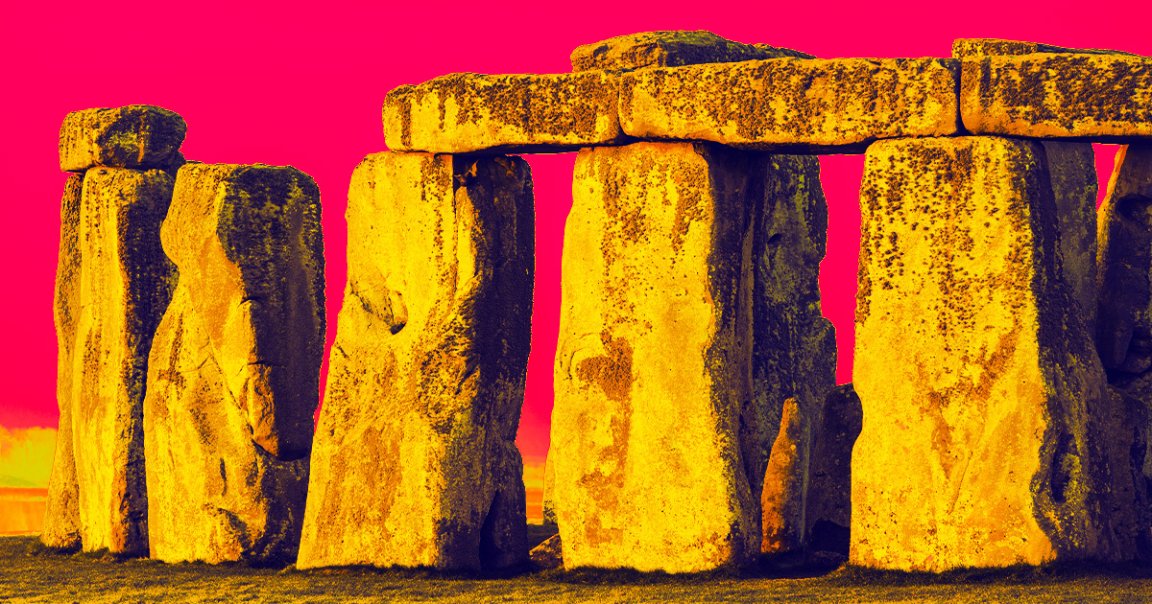
Rolling Stone
An altar stone that lies within the heart of Stonehenge in Southern England has turned out to be from the faraway hinterlands of Scotland, a surprising find that suggests it’s far older than any other rock at the prehistoric complex.
That also means the architects behind Stonehenge somehow transported this gigantic six-ton stone at a distance of more than 400 miles, an astonishing feat, according to researchers who published their findings in the journal Nature.
With Stonehenge’s other rocks being locally sourced or from relatively nearby Wales, the Scottish origin of the altar stone casts a new light on the Neolithic society responsible for Stonehenge, which dates back to 3000 BCE.
“It completely rewrites the relationships between the Neolithic populations of the whole of the British Isles,” University College London honorary senior research fellow and study co-author Rob Ixer told The Guardian. “The science is beautiful and it’s remarkable, and it’s going to be discussed for decades to come… It is jaw-dropping.”
Shore to Sea
By analyzing its composition and age, the researchers discovered that the slab of sandstone came from the far north of Scotland, even as far as the Orkney Islands.
Which leaves the question: how did the altar stone get to Stonehenge?
“The difficulty of long-distance overland transport of such massive cargo from Scotland, navigating topographic barriers, suggests that it was transported by sea,” reads the paper. “Such routing demonstrates a high level of societal organization with intra-Britain transport during the Neolithic period.”
“We seriously underestimate their abilities and technologies,” University of York field archaeologist Jim Leary, who was not involved in the research, told Nature. “We’ve never found any of their boats, but we know they were able to transport cattle, sheep, and goats by sea.”
No matter how it got there — either by dragging it on land or floating it down via water — the altar’s far-flung origins certainly give us an even deeper appreciation of one of the wonders of the world.
More on Stonehenge: New Insight Into the Purpose of Stonehenge